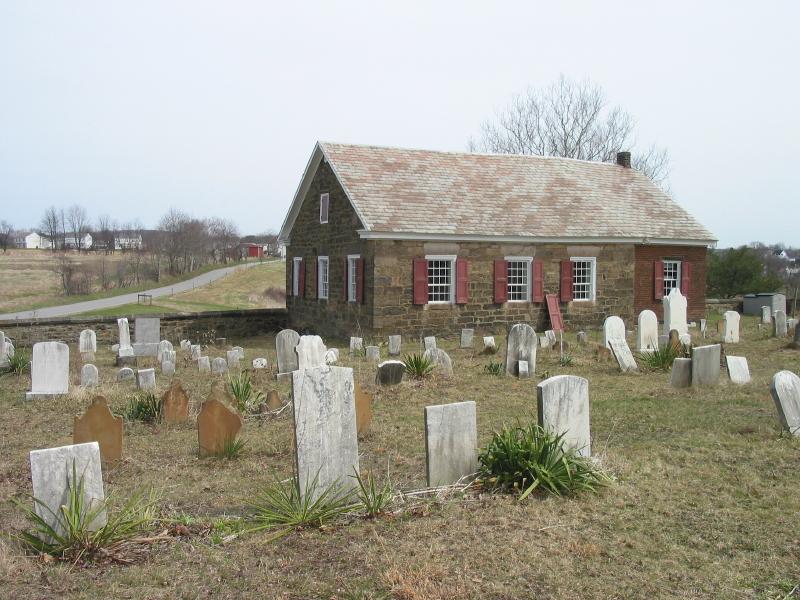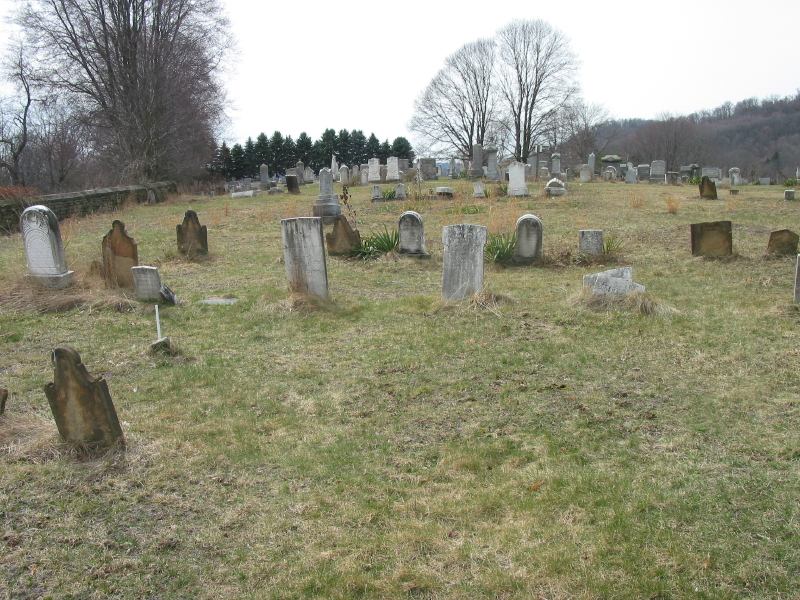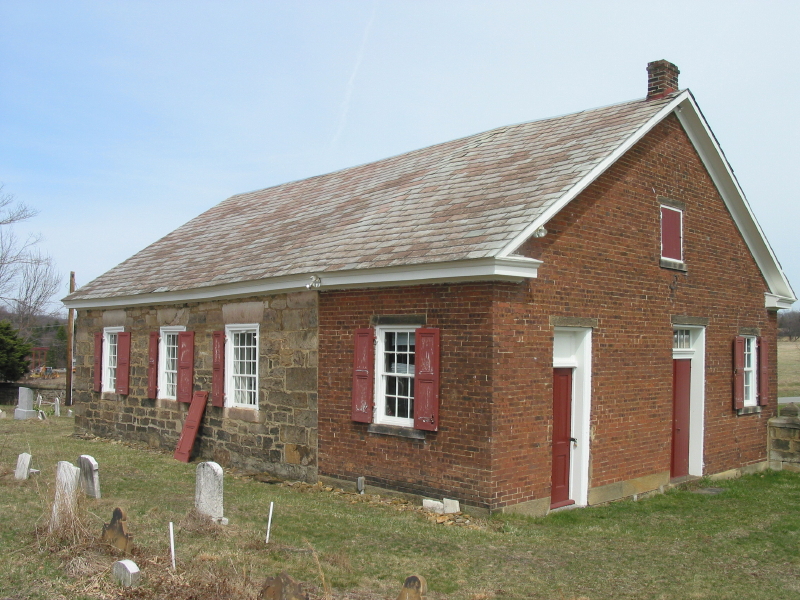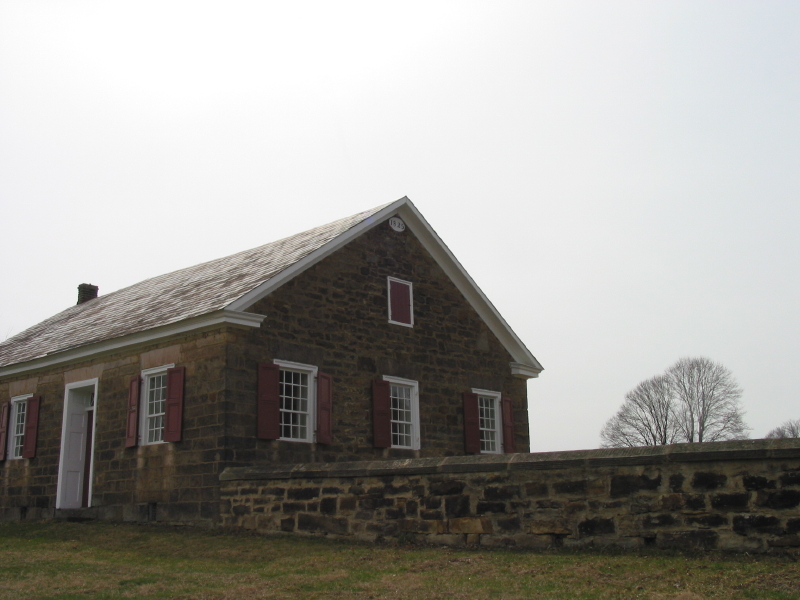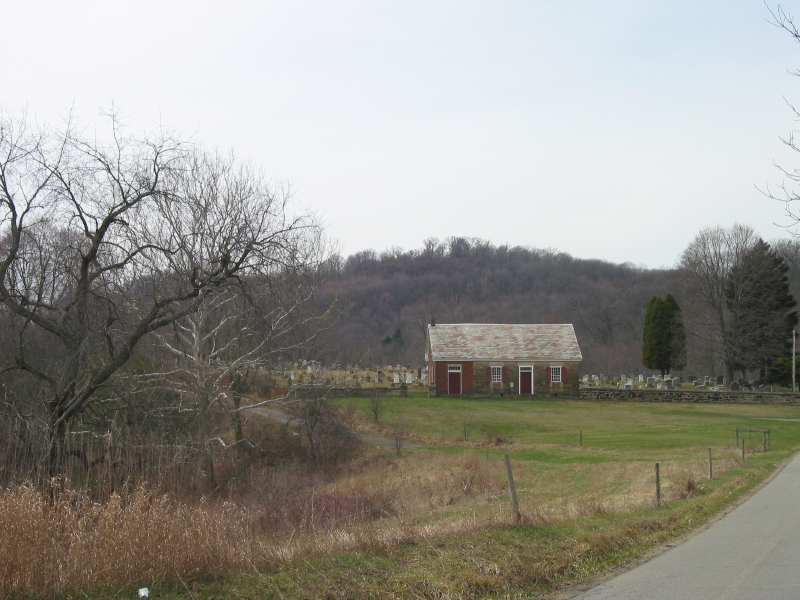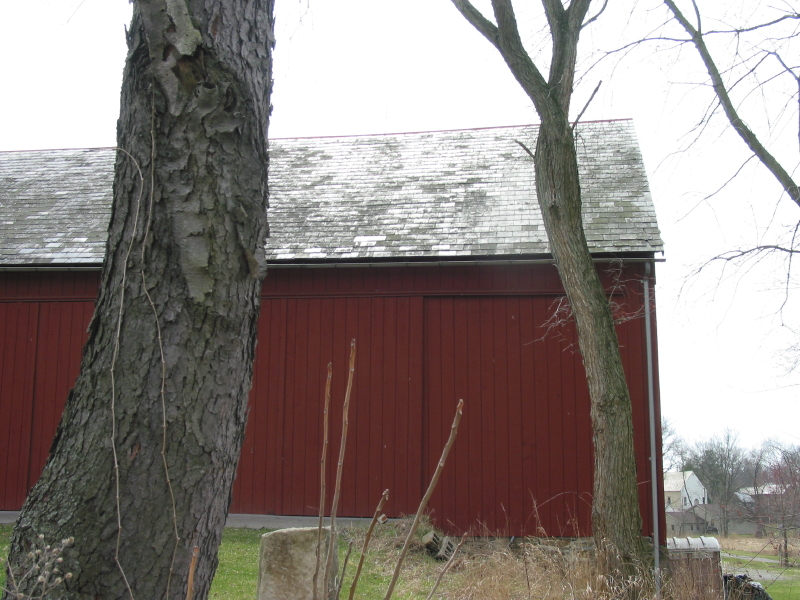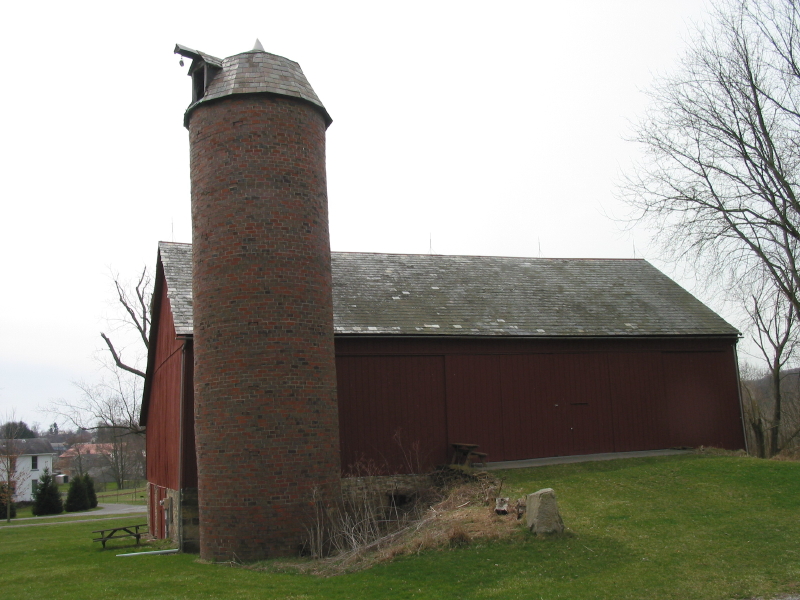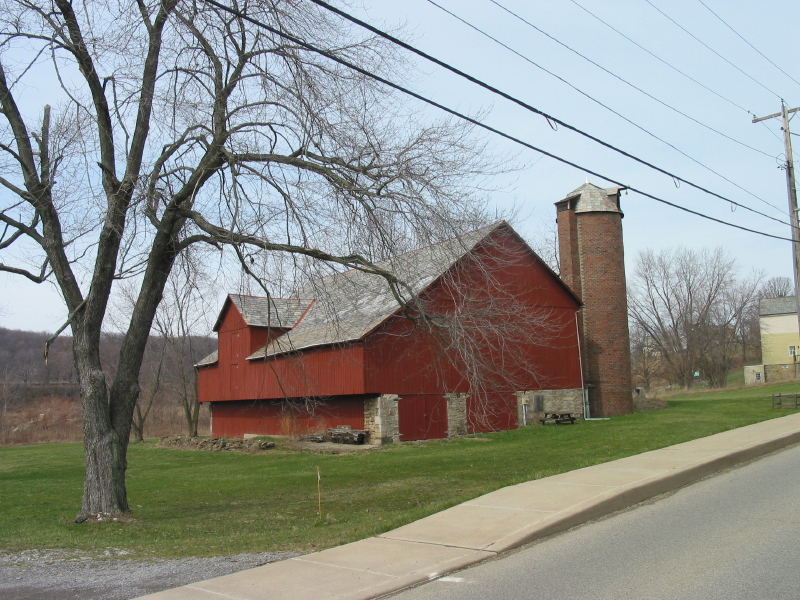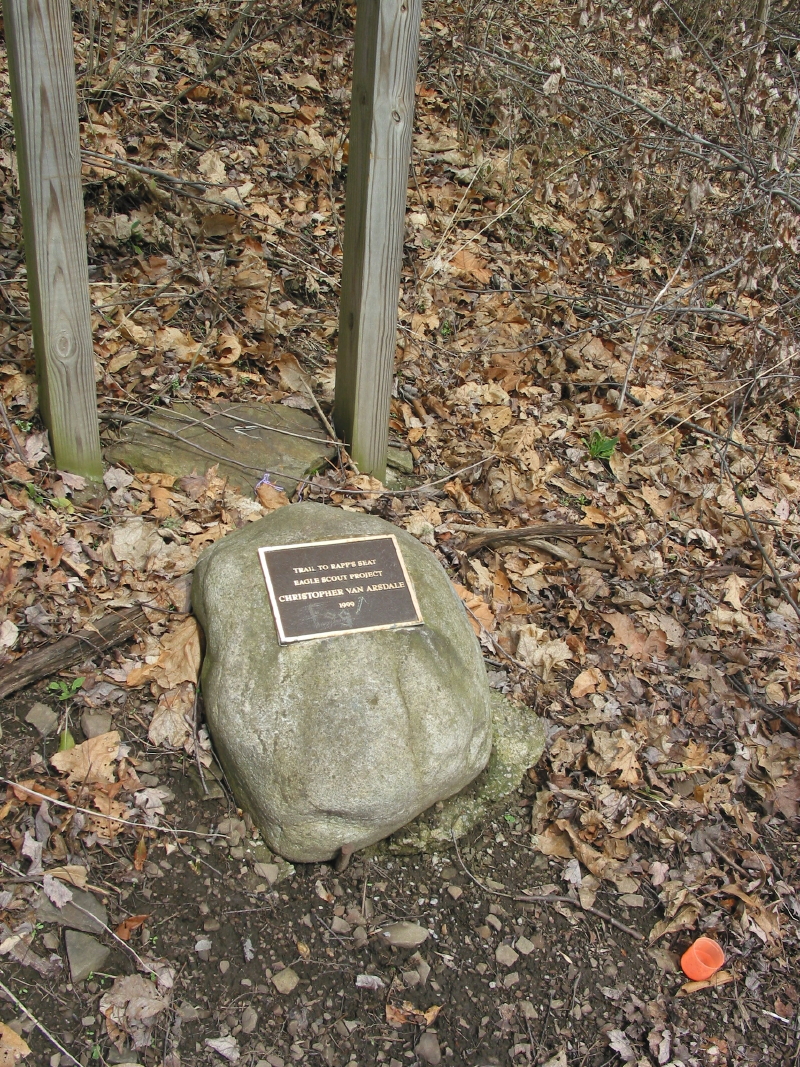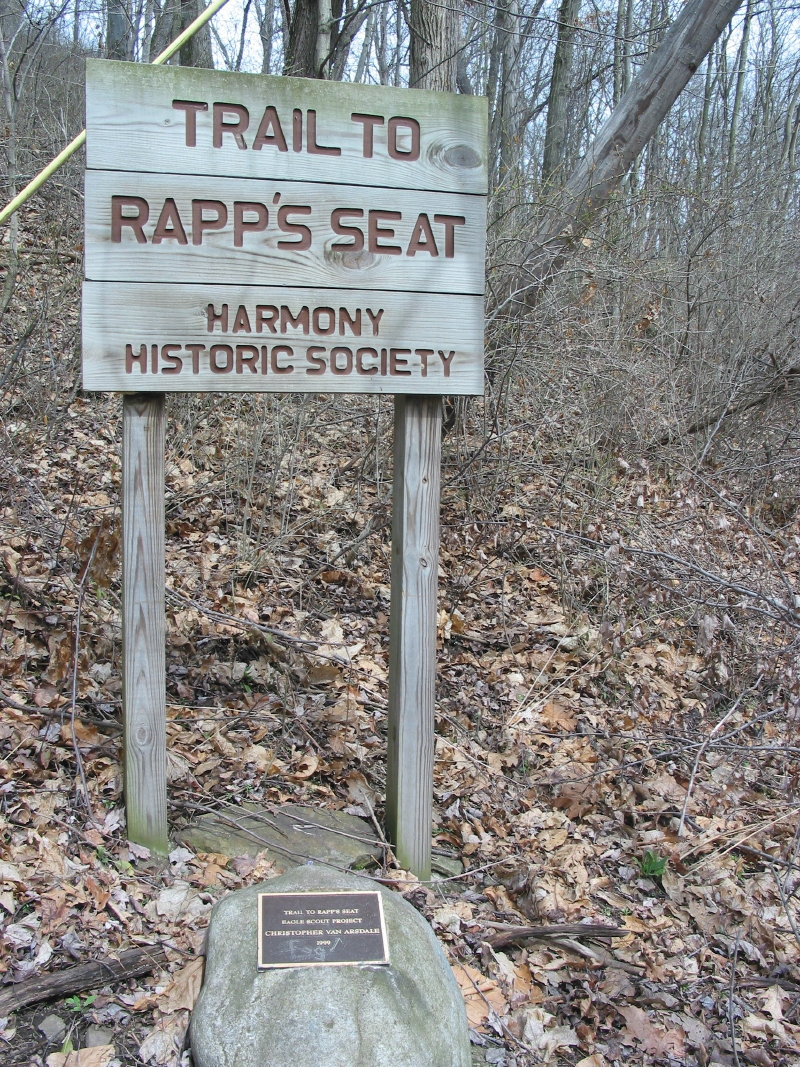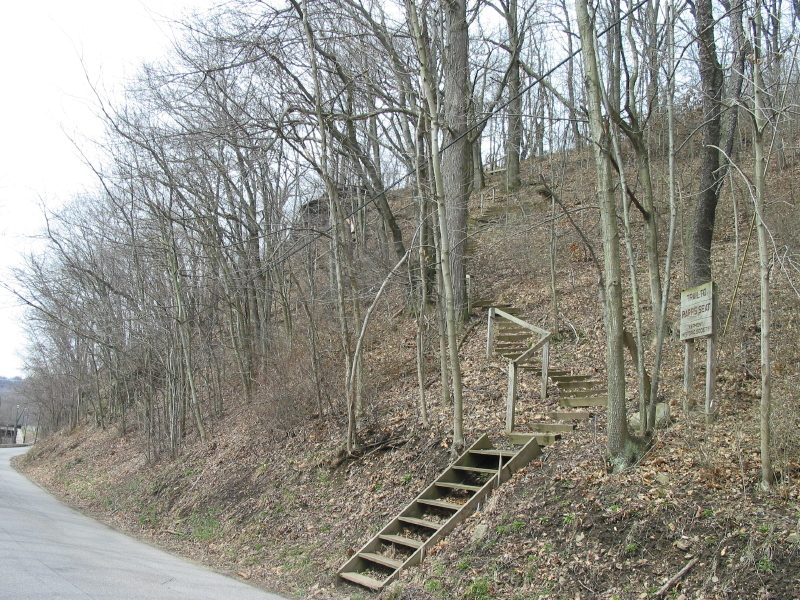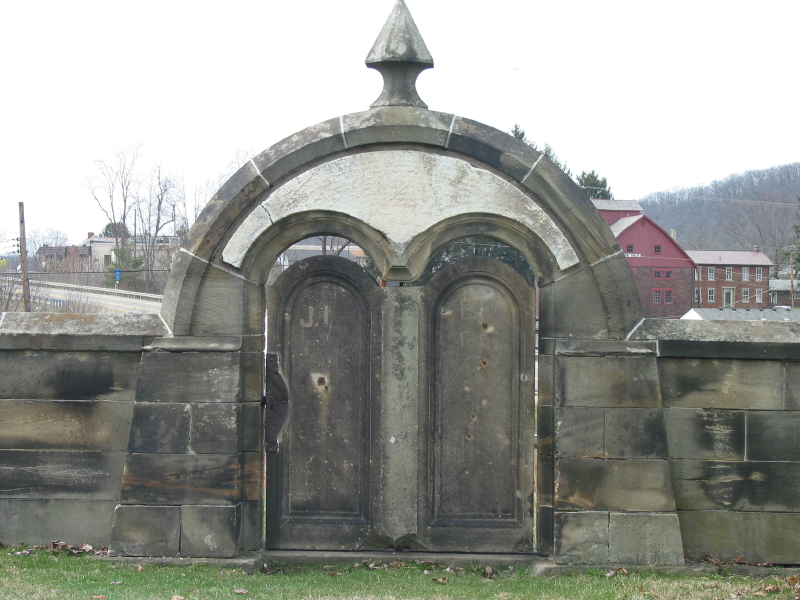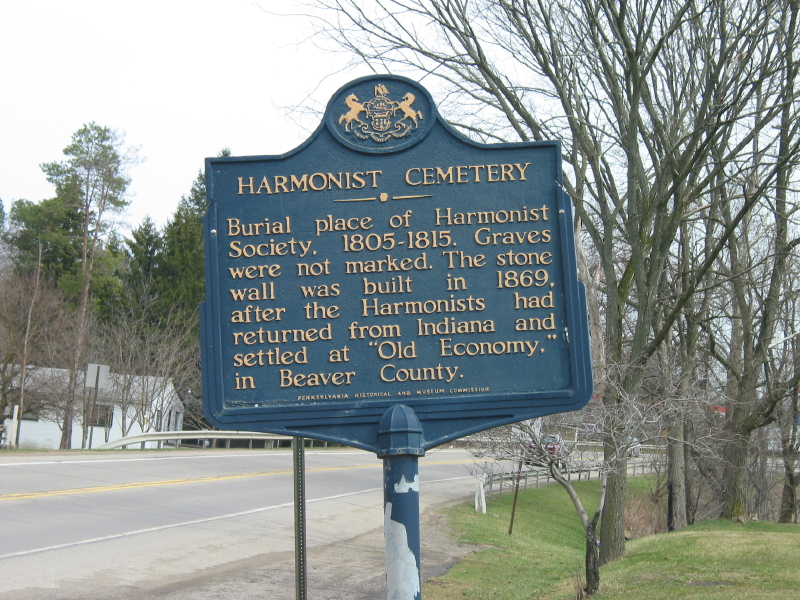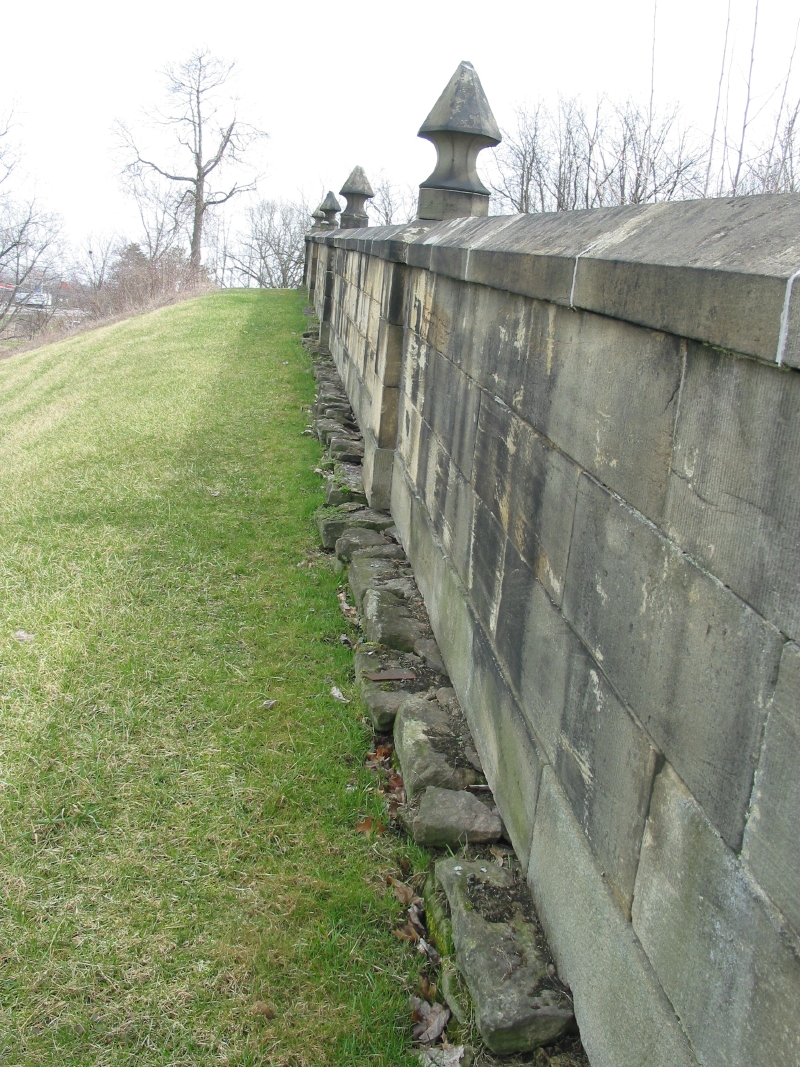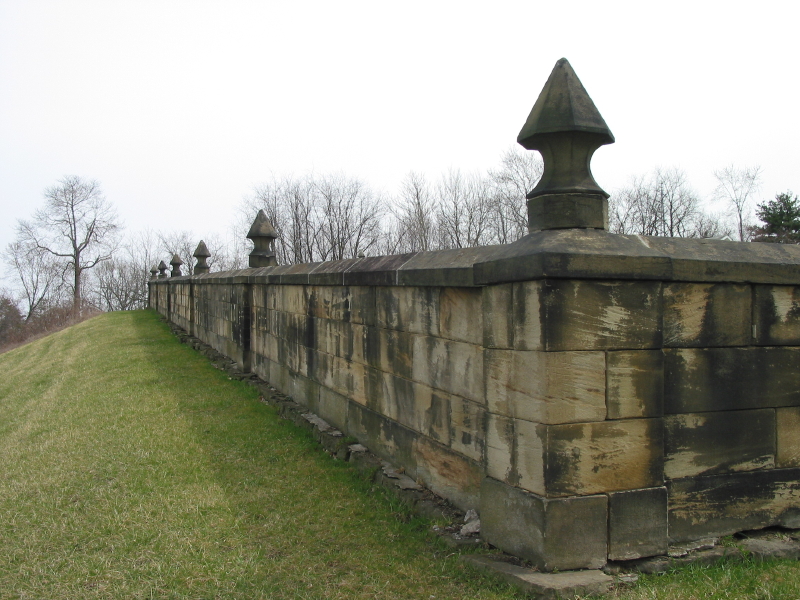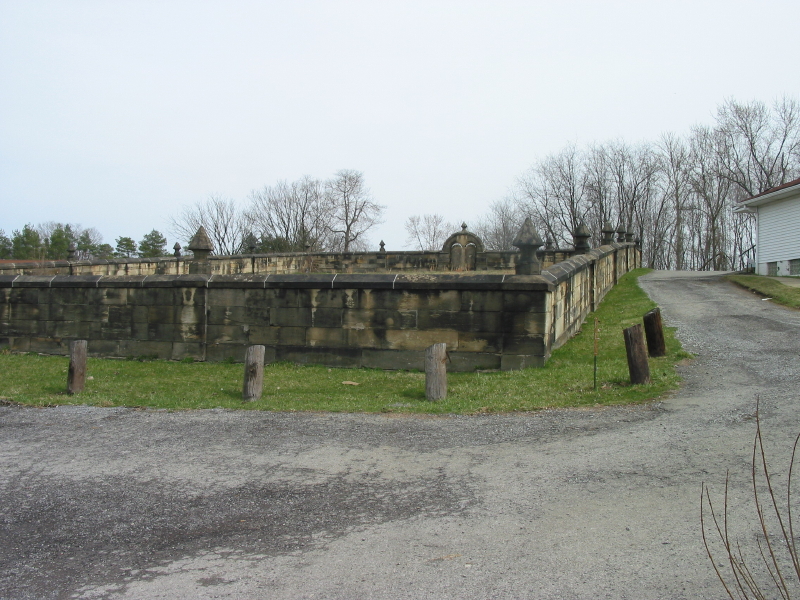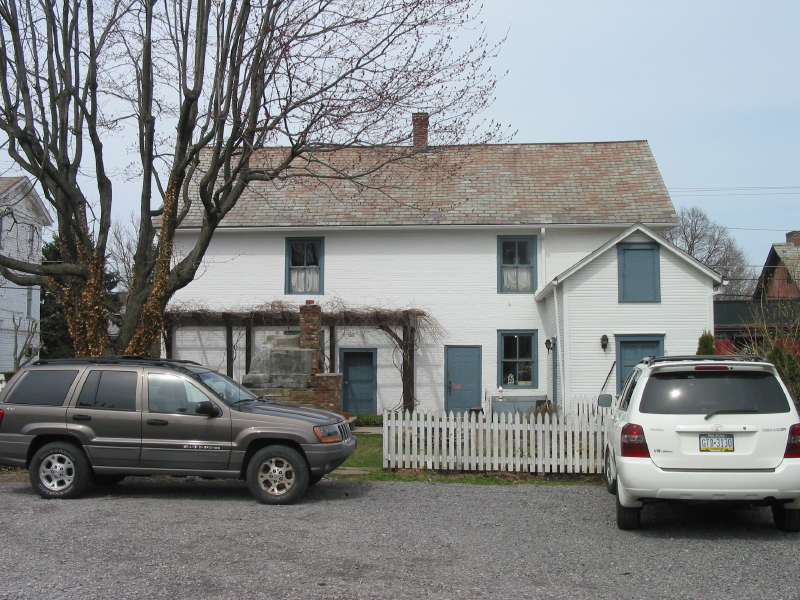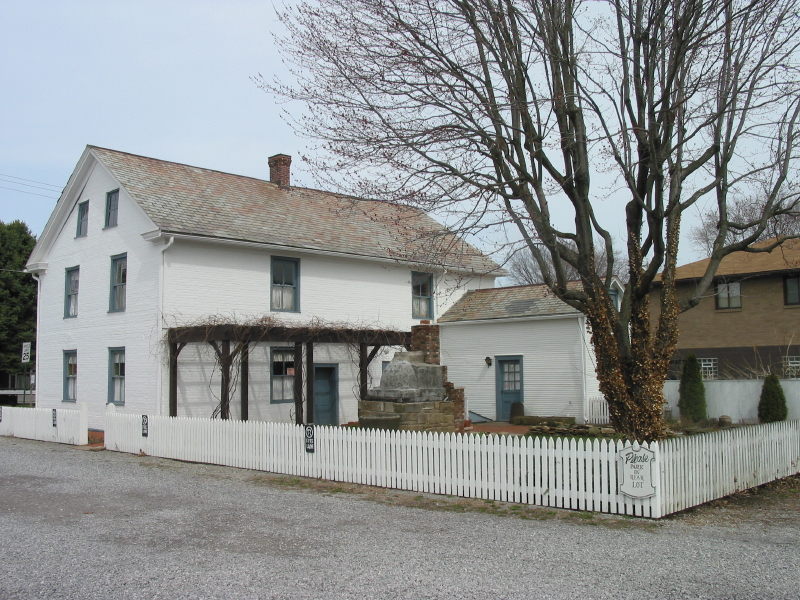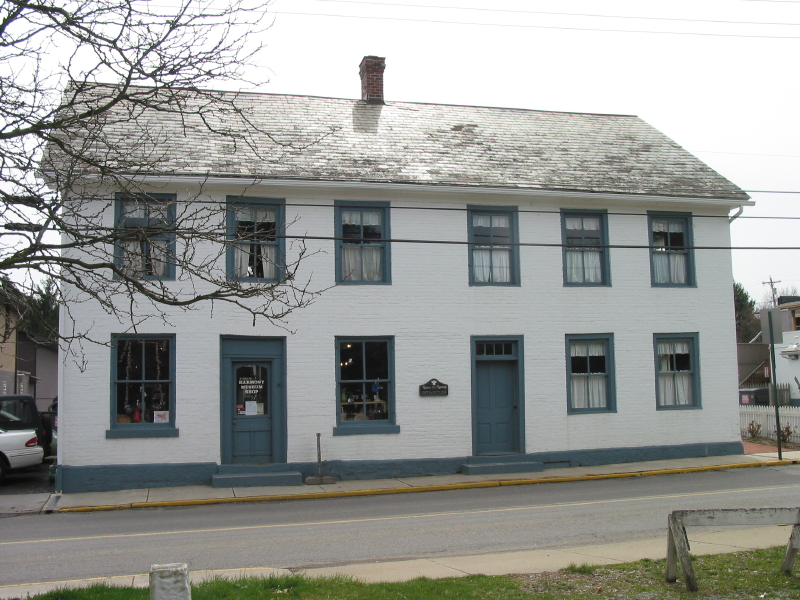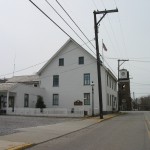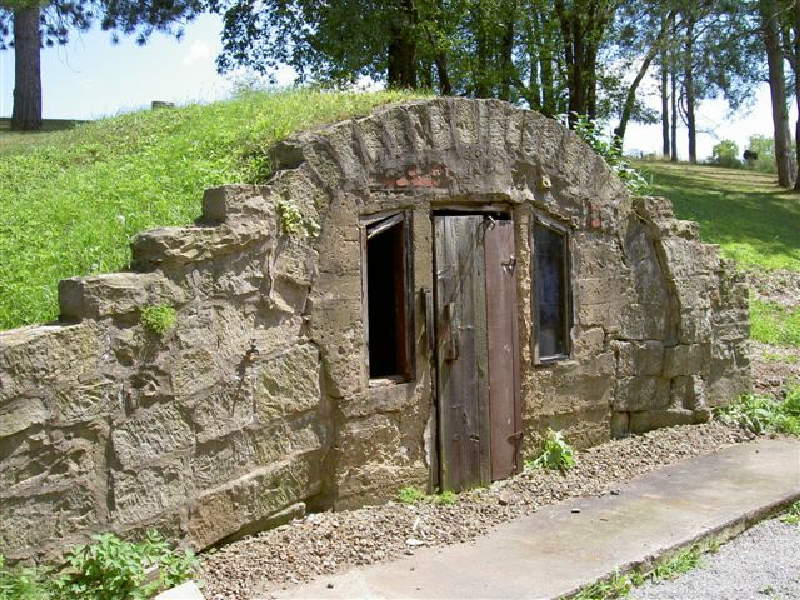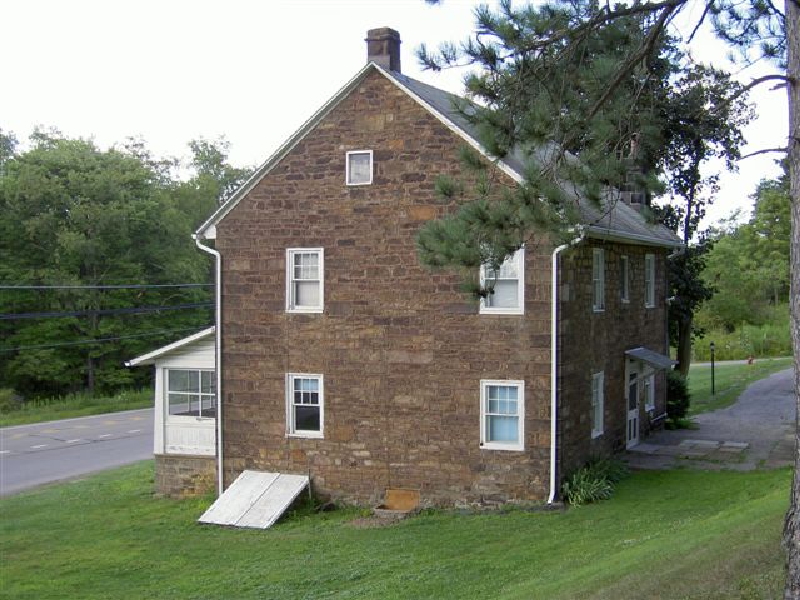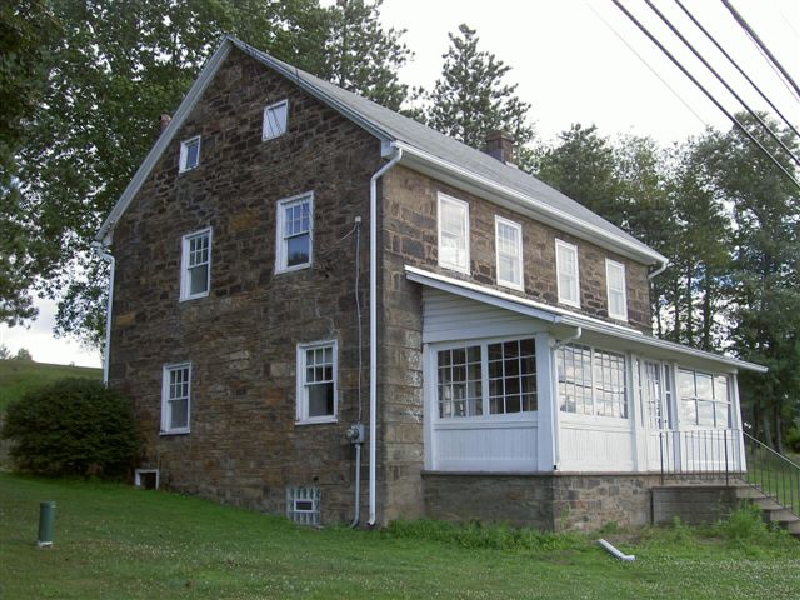
Historic Harmony Donates Preservation Easements – Eight Properties Under Protection
By Jack Miller
PHLF News
April 20, 2009
The Pittsburgh History & Landmarks Foundation (PHLF) has announced that Historic Harmony (HH) has donated preservation easements to PHLF that will ensure the preservation of eight historic HH properties located in Butler County.
All of the protected properties are in Harmony Borough or Jackson Township in the faster growing areas of Butler County according to recent census statistics.
Three of the protected properties, the main Harmony Museum Building at 218 Mercer Street (1809, with 1816 addition), the Wagner House museum annex at 222 Mercer Street (c. 1807 -1812), and the Harmony Society Cemetery at 831 Edmond Street (1805 – 1815) are within the Harmony National Historic Landmark District. The Harmony Society-Ziegler-Wise Barn at 303 Mercer Road (1805, with c. 1850 modification) is eligible for listing in the National Register of Historic Places.
The Vineyard Hill, with George Rapp’s Seat carved into a rock outcrop at 1 Evergreen Mill Road, the likely Harmony Society log house museum annex at 245 Mercer Street, the Mennonite Meetinghouse & Cemetery at 114 Wise Road (1825 and 1815, respectively) and Bishop John Boyer’s House at 295 Perry Highway (1816) are architecturally or otherwise significant historic properties.
A preservation easement is a voluntary legal agreement made between a property owner and an authorized preservation organization to preserve an historic site in perpetuity and recorded as such with the property’s deed.
While granting a preservation easement on a historic property limits what an owner may do with that property, granting the easement provides several benefits. The first and most obvious is that the property owner has protected the historic property in perpetuity from destruction, inappropriate alteration, or development. Another is that an individual or corporate easement donor may be entitled to claim a federal income tax charitable contribution deduction equal to the value of the preservation easement if certain conditions are met.
For example, without the charitable deduction and federal tax credits associated with the restoration of historic properties, projects like the Bedford Springs Resort, Heinz Lofts and the Armstrong Cork Factory Apartments might have never have been developed.
Under terms of its easements, HH will continue to be responsible for the maintenance, upkeep and presentation of its protected properties, and PHLF will be responsible for monitoring the properties in perpetuity to assure compliance with conditions of the easements. No changes can be made to the exterior of any of the sites without PHLF’s prior approval and any changes would have to conform to the Secretary of the Interior’s Standards for Rehabilitation. These requirements will also apply to the Bishop Boyer House, which has always been a private residence and was sold by HH to a private party on the third of April.
“Historic Harmony and PHLF are to be roundly commended for working together to create such a progressive and thoughtful preservation strategy for these significant properties,” said Bill Callahan, the Pennsylvania Historical & Museum Commission’s Bureau for Historic Preservation Western Pennsylvania representative. “What they have accomplished here may well be looked upon nationally as a model for many preservation organizations.”
HH President John Ruch noted that “Harmony was the first home of the communal Harmony Society of German Lutheran Separatists, which founded Harmony in 1804 and organized formally as a Christian communal society in early 1805. George Rapp (1757 – 1847) was its founder and spiritual and organizational head. Designation in 1974 as Western Pennsylvania’s first National Historic Landmark District was recognition of Harmony’s significance in development of the nation’s heritage and culture as the Society’s founding home.
“Many Western Pennsylvanians are familiar with PHMC’s Old Economy in Ambridge,” said Ruch, “but the extraordinary Harmony Society, which became 19th-century America’s most successful communal group, began right here in Harmony.”
“One of the properties now protected by an easement includes the isolated carved rock hilltop seat to which George Rapp would retreat to mediate.”
The idea to place preservation easements on all of HH’s historic properties grew from a proposal to sell the Bishop Boyer House while assuring its preservation.
“The home of Harmony’s first Mennonite bishop, or pastor, was donated to Historic Harmony in 2003 by the late Lillian Frankenstein of Zelienople who entrusted its preservation to us,” Ruch said. “We approached the Pittsburgh History & Landmarks Foundation to explore how we could protect the house even if we no longer owned it. They suggested using a portion of sale proceeds to endow easements that would protect not just the Bishop Boyer House, but all of our historically significant properties.”
As required by HH’s bylaws, the proposal was posed to the organization’s members, who subsequently voted to accept PHLF’s proposal to hold the easements and assume responsibility for their enforcement and defense. All easements were recorded on April 3 when the Bishop Boyer House was sold to Nancy Wilson.
“This is a win-win situation,” said PHLF President Arthur Ziegler. “Historic Harmony is able to honor its commitment to its donor while generating funds to maintain its other historic buildings. We are able to assure the protection of eight architecturally and historically significant properties, and Western Pennsylvanians have guaranteed access to a tangible part of their past.”
PHLF holds nearly 50 preservation easements and deed restrictions on Western Pennsylvania properties, including one it obtained on the 23rd of March on The Carlyle, formerly the Union National Bank Building in downtown Pittsburgh.
“PHLF’s easement initiative has played an important role in protecting historic and architecturally significant properties throughout Western Pennsylvania,” said PHMC’s Bill Callahan.
“While the Harmony easements constitute a highly commendable preservation solution for Historic Harmony and, indeed, the region,” said Callahan, “even more significant is that the action was initiated by a group of citizens passionate about their roots and willing to find a way to assure that their past will always be a part of their future.”
Historic Harmony is a 501(c)(3) nonprofit organization founded in 1943. Its mission is to preserve and promote public knowledge of the Harmony area’s history and heritage through its Harmony Museum and outreach activities, foster tourism in southwestern Butler County in cooperation with other organizations and agencies and encourage preservation of historical resources in support of educational, quality of life, economic development and associated community objectives. More information can be found at www.harmonymuseum.org.
Pittsburgh History & Landmarks Foundation is also a 501(c)(3) nonprofit organization founded in 1964 whose mission is to identify and save historically significant places; revitalize historic neighborhoods; preserve historic farms and historic designed landscapes; and educate people about the Pittsburgh region’s rich architectural heritage. More information can be found at www.phlf.org.

